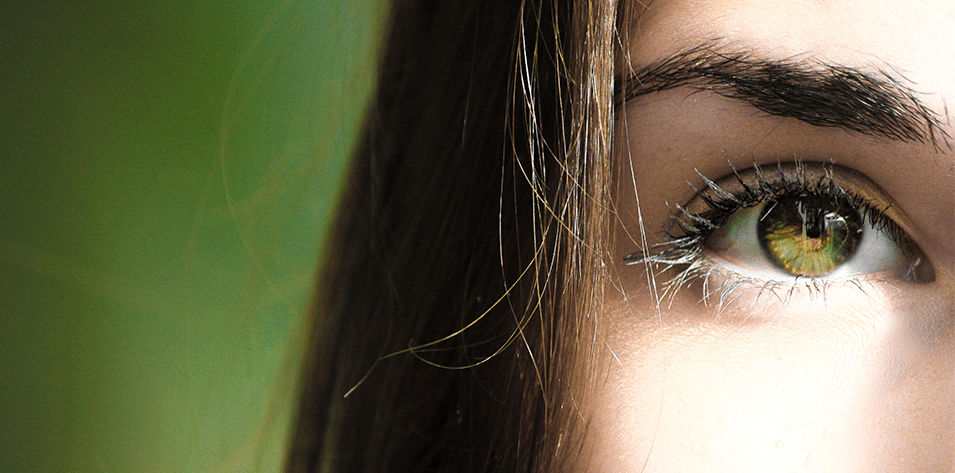The eye is a fluid filled structure. The fluid inside the eye gives a normal pressure to the eye. The increase in eye pressure due to various reasons damages the nerve of the eye (optic nerve).Glaucoma is relatively common, especially in older and has been called the silent thief of sight. Glaucoma often does not give rise to any symptoms during the early stages.
Very rarely symptoms such as pain and redness can occur. This will lead to slow, painless and progressive reduction of vision. This reduction of vision starts from the sides and progresses to the center over months and years (i.e. side/peripheral vision is lost first).
Unless the eye pressure is brought down and controlled, the optic nerve and other parts of the eye may become damaged, leading to loss of vision. The disease usually affects both eyes, although one may be more severely affected than the other.
Persons who are prone to glaucoma are
1. People with minus or plus power in the eye
2. Diabetics
3. People with glaucoma patients in the family
4. History of eye trauma.
Most often glaucoma occurs after the age of 40 years. But rarely glaucoma can occur in children and young people. Since glaucoma is more common after 40 years, everybody more than 40 years should have a yearly eye test done.
No Drops No Surgery No Complication treatment for glaucoma.
Statistics – Glaucoma is the most common cause of irreversible blindness globally affecting 62 million people worldwide
Indian Statistics – Estimated number of people with glaucoma in India is 12 million which is around one fifth of the global burden. More than 90 percent of the cases remain undiagnosed in the community.
Glaucoma is a disorder where increased pressure causes weakening of optic nerve.This leads to slow loss of vision.Most of the time,patients with glaucoma have no symptoms whatsoever until the disease is very advanced.
The most important point to be remembered is that loss of vision due to glaucoma cannot be reversed or rectified. So, glaucoma should be diagnosed early and treated energetically.
Second most important point to be remembered is that treatment for glaucoma and most importantly follow up for glaucoma is lifelong. There is no such thing as “Glaucoma has been cured”. Anyone with glaucoma or suspected to have glaucoma must have a regularly spaced follow up with an eye doctor irrespective of type of treatment.
The most common treatment modality for glaucoma is with eye medications. They may have to be used once or twice or even thrice. In some persons multiple drops may have to be used. It is not always practical to apply glaucoma medications on time at repeated intervals and that too for lifetime. Many studies show the most common reason for failure of treatment is the inability of patients to apply drops in a proper way. Many issues crop up while applying drops;
1. Irregular timing of application
2. Missing of application
3. Improper application where drops fall on the eyelids and not into the eye.
With these irregular improper applications several patients demonstrate progression in glaucoma. The best way to overcome this is to get the modern treatment of glaucoma which is SLT (Selective Laser Trabeculoplasty) Here gentle laser is applied on the trabecular meshwork (Outflow pathway of the eye). This is where disease process of glaucoma is present, where the outflow pathway is blocked decreasing outflow. This laser stimulates natural reparative process of the eye opening up the outflow path ways.
Success rate of SLT >90% and the effect of treatment lasts upto 3-4 years.

